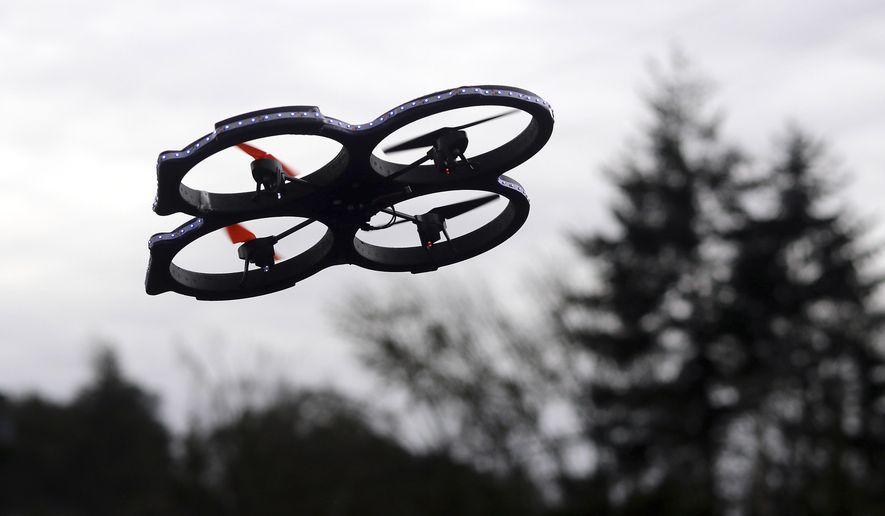The Bureau of Alcohol, Tobacco, Firearms and Explosives spent about $600,000 on drones to help guide their operations, but never flew them operationally because they couldn’t maneuver them correctly, according to an inspector general report.
The ATF subsequently suspended its unmanned aerial system (UAS) program last June and disposed of all its aircraft, the Department of Justice inspector general said in a report released Wednesday.
Yet, less than a week after ATF formally decided to shutter its drone operation, a separate unit within ATF purchased five small drones for $15,000 without coordinating with headquarters.
That unit within ATF has since grounded its fleet until further guidance is given by Washington, the report said.
“ATF officials told us that they encountered a series of technological limitations with these UAS related to flight time and maneuverability and concluded that the systems were unreliable or unsuitable to support operations,” the inspector general report said.
Investigators said they were “troubled” that the agency spent so much on drones it never used and told management to “direct responsible officials” to evaluate its drone program and need for the devices before making any further purchases.
SEE ALSO: Secret Service drones likely for detection only, analysts say
As of August 2014, the FBI remained the only Justice Department component that operationally deploys its own drones, according to the report.
“The FBI had deployed its UAS exclusively to provide targeted aerial surveillance in the context of 13 investigations, including search and rescue operations, kidnappings, fugitive manhunts, national security missions, and anti-drug trafficking interdictions,” the inspector general report said.
The FBI has 17 drones in use and keeps all of them at a single site manned by one piloting team — meaning the law enforcement agency may have trouble getting the drones to distant locations quickly or to fly multiple missions simultaneously, according to the audit.
“The FBI had begun addressing these challenges by training additional UAS pilots and establishing a goal to deploy UAS to additional FBI field divisions over the next 5 years, although we found that the FBI had not fully developed plans to implement this goal,” the report said.
The ATF, FBI, Drug Enforcement Administration and U.S. Marshals Service — all of which are run out of the Department of Justice — periodically use drones supplied by the Department of Homeland Security to run missions.
“We found that the DOJ components did not have record keeping policies or practices to document support received from non-DOJ operated UAS, and that they maintained only minimal documentation of such support in the field,” the audit said. “Without such efforts, we believe that DOJ components may not be able to accurately assess their need for UAS support or how to use UAS most effectively and appropriately to support their operations.”
The drone missions run out of the Justice Department in conjunction with Homeland Security varied significantly, according to the report.
ATF used Homeland Security drones to help it gather evidence along the U.S.-Canada border to prepare a search warrant for a firearms trafficking investigation, but in several other instances Homeland Security drones were used by its different law enforcement agencies to help assist in local police emergencies, and on domestic or international joint task forces with other federal, state or local agencies, the report said.
• Kelly Riddell can be reached at kriddell@washingtontimes.com.




Please read our comment policy before commenting.